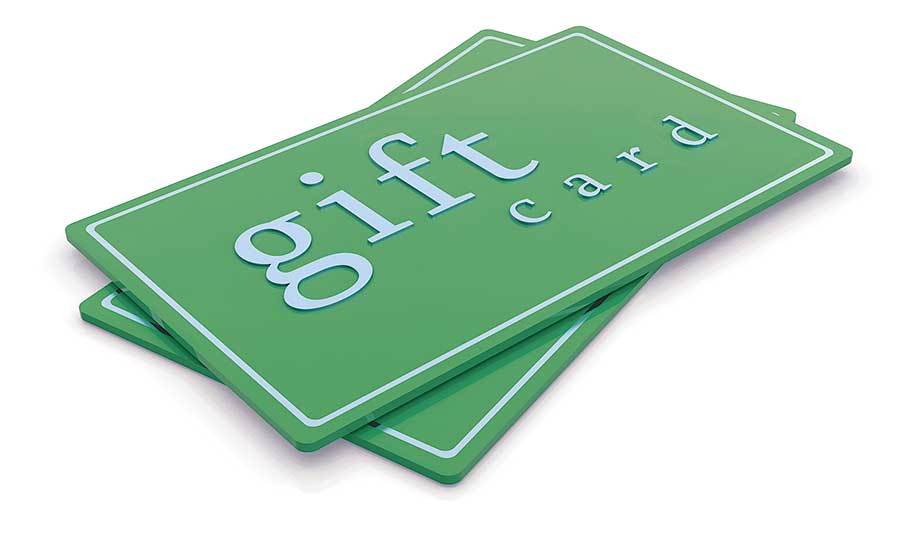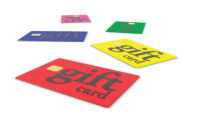According to the National Safety Council (NSC), an on-the-job injury occurs every seven seconds. NSC also estimates that as many as 45 million otherwise productive days will be lost in future years due to the work-related injuries and deaths that occur in just one year. Those statistics quickly lead us to the conclusion that maintaining a safe work environment is one of the most important things an employer can do both to protect workers and the bottom line.
There is no question that the cost of an unsafe workplace is staggering. In fact, OSHA estimates that employers pay almost $1 billion per week for direct workers’ compensation costs alone. Reducing this number is possible, but not without safety programs.1
Safety incidents not only affect workers’ lives but they also exert considerable influence in the form of lost productivity, morale, insurance rates, etc. While there has been considerable discussion about whether or not it is a good idea to use incentives to promote worker safety, creating a good safety program takes time in order to develop the program that is best suited for your organization’s industry, number of employees, budget and footprint. Education and training sessions about best practices and company safety procedures are a must, and incentive programs help.
Gift cards preferred
Amid the discussion about the types of safety incentive programs that are most effective, it is clear that safety incentive program recipients, much like other incentive program recipients, are leaning more and more favorably toward receiving gift cards as their preferred reward for safe behavior in the workplace. When asked, they point to the utility, practicality and flexibility that gift cards provide.
Simply put, people are motivated by rewards and respond well to being recognized for safe behavior. Gift cards are recognized as a convenient way to put a turnkey incentive program in place, but what are the best cards to offer? A recent gift card redemption analysis revealed that nearly three-quarters of all gift card redemptions in safety, loyalty and rewards programs come from just three categories:
- Big Box retailers (29 percent). In fact, just eight national retailers account for more than 1 out of 4 gift cards redeemed through loyalty programs.
- Open Loop reward cards, such as VISA and American Express (23 percent)
- Entertainment gift cards, such as iTunes, GameStop, Regal Theaters, etc. (10 percent)
The lowest gift card redemption in business to business (B2B) programs occurs in the Sports & Wellness (1.5 percent), Grocery/Pharmacy (1 percent), and Travel (0.5 percent) categories.
In addition to the standard category statistics on gift card redemptions in B2B programs, data analysis confirmed that the majority of U.S. participants who earn a reward from their employer or loyalty program choose to receive a physical gift versus a digital one (87 percent select physical cards over digital given the choice). We anticipate a shift of those statistics more toward a 50/50 mix in the next ten years.
The above statistics were generated from monitoring the gift card purchases of thousands of clients in the loyalty, rewards, safety, and incentive markets generating several hundred million dollars in B2B gift card volume in the United States.
Reference
1 Performance Improvement Council, “The Four Pillars of Safety,” White Paper March 2014



